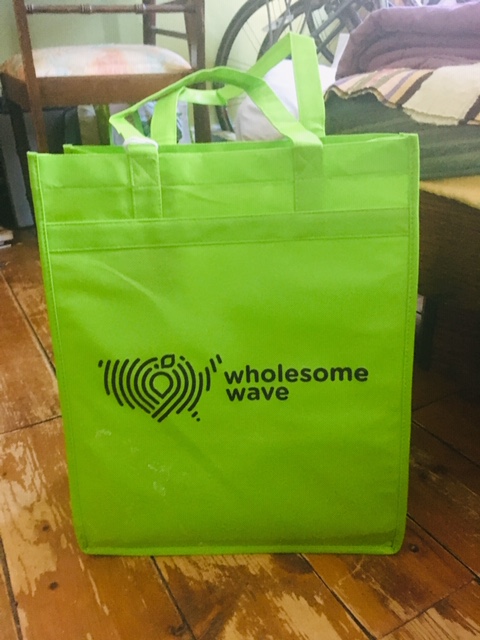I am not new to this rodeo. For about 40 years, in many ways, I have provided opportunities for people stripped of the usual means, to get some good food. Addressing the nutritional mishaps associated with prevailing health issues–in which I have been long engaged–generally requires food to achieve improved outcomes. Procuring such food, especially with a dearth of necessary currency, begs some creativity and much activity.
Some of my activities involved people coming to me for a few healthy and tasty nibbles, but mainly they required me to send them scurrying off to another program or service; or sometimes more directly to grocery stores, farmers’ markets, veggie mobiles, and food pantries with some voucher, coupon or referral form in hand. While glad to have some options to feed the malnourished cells of chronic disease and to stave off the hungry wolf knocking at the door, I always did so with a sigh. Scurrying is not an easy form of ambulation, especially for those whose bodies are worn down by the toll of strained lives and the lack of quality food. This would not be easy one-stop shopping.
For many years I listened to the sensitive stories of many hundreds of individuals striving toward some recapture of wellness. In exchange, I offered education and support, and guided people as best I could to obtain the remedy of good food. While I would hear of the relief that receiving SNAP benefits (or having them restored) instilled; or the thrill of being able to get fresh fruits and vegetables, only occasionally was I witness to the experience of having a grocery bag in hand and heading to the comfort of one’s home.
This however changed for me a year ago when I took the position of running a Food Farmacy. It is a small food pantry nestled within a medical facility. Its mission (and thus its name) fits into the growing Food As Medicine model of programs by providing health-supporting and enhancing foods–and the services of a Registered Dietitian. As we may look similar to other pantries, distinguishing ourselves and reinforcing messaging about food as a pathway to healing is important. Clients in the pantry community are referred to as guests. At my pantry, guests are those with nutritional risk factors for chronic disease or compromised well-being, and without enough–or enough good–food to eat. They are referred by a medical or behavioral health provider.
Our main model is to provide an order of client-chosen food, generally on a monthly basis. We strive to serve everyone regularly for some number of consecutive months–with a focus on healthy offerings. (But, with other funding streams we operate a little differently.) When I started in December 2021, Covid still dictated our practices. We took all food orders by phone and gave the packed bags out at curbside or by delivery. While this allowed for some interpersonal contact, it was somewhat limited. This changed in September 2022, when we became able to fully open our doors and welcome guests back into the pantry, by appointment. We now serve many in person, enabled some by a limited grant-funded ride service, though a fair number still require delivery–and support by phone. Limited access to transportation is a profound contributor to not having food.
Being able to develop relationships with our guests is certainly facilitated by being able to do so in person, as is deepening the conversation about food while standing amidst it. Discussing the intimate topic of our eating behaviors and revealing how full or empty the larder is, is harder to do on the telephone with a stranger than in the presence of someone greeting you at the door with a warm welcome. Still, we need to do both.
In my role, I carry food out to cars and sometimes, when my volunteer drivers are not available, I do the deliveries. This means schlepping bags into trunks and back seats; or, in my urban locale, involves driving down alleys, circling through subsidized-housing neighborhoods, climbing steep stairs, and occasionally riding elevators to knock on a door. I gain entry to the threshold of someone’s personal space and transfer the goods. And, while it is usually a quick transaction, that is a powerful exchange. The expressions of gratitude are deep, as the most basic human need–food–is made available.
Then there are connections that take place in the Farmacy. Here things go from soup to nuts, so to speak. The welcome, the conversation, entering the pantry space, being up close and personal with each item, the decision-making, and the often mutual act of the ‘filling of the bags’. I am out constantly hunting and gathering for as much fresh produce and meaty morsels as I can–largely aided and abetted by my regional Food Bank–currently overly strained, as are most–and Nourish New York dollars. To procure some particular healthy items, and enough food, I also have to purchase retail food and rely on some other food donations as well. It is a weekly dance of food in and food out, dictated by availability and price and how many we are serving. Though fresh is always celebrated, I have seen even a can of asparagus, beets, collard greens, olives, pineapple –or salmon make a heart happily flutter. Many a floppy tote bag turns upright, stuffed with victuals, fulfilling its duty to help folk carry out and carry on. Right then and there, some magic happens. Food has appeared. While not as surprising as pulling a rabbit out of a hat, or a quarter from behind the ear, there is often some degree of awe. Here, I witness most directly, more than with any of my other experiences, how much this matters. Here is whispered, ‘This is a lifesaver’ or, ‘I can’t believe this’.
For many of our guests, making way to this little, simple food sanctuary–if I may call it that–is like a pilgrimage. Some arrive limping, others in wheelchairs, on crutches–this week, a man with a cane, due to a bullet lodged somewhere in his body. A chair stands waiting in the pantry for those who need to sit. Pain accompanies many, hiding in backs, hips, knees, and feet. Rarely, but not never, in a missing toe or limb. It hobbles in and hobbles out. Sadly though, we can’t perform miracles. We can only provide food, some education, lists of other resources, and an ounce of love.
As big as my work seems to me, this Food Farmacy operates at the tiniest of scale–a staff of three and the few lovelies who lend their helping hands. Out in the big wide world, big programs, projects and pantries with similar intentions are hard at work, day and night. They employ many, yet largely rely on scores of volunteers with the gathering capacity of mice and squirrels; and a skillset that surpasses those of Santa’s elves. A huge invisible army gathers, transports, warehouses, organizes, packs, cooks, distributes, educates, and delivers sustenance to millions. All are starved for dollars and crave legislation that will subsidize their efforts. Wow. Time for a group pulse check.
Ostensibly, there are two intentions of these programs–to decrease nutrition insecurity (and hunger), and to ameliorate–if not heal–illness of such magnitude that should have been prevented in the first place– predominantly diabetes, heart disease, and obesity. Unfortunately, these diagnosis-limited programs exclude so many other conditions that are exacerbated by poor nutrition. There are many different types of program design, though they generally fall into the categories of Medically Tailored Meals, Healthy Groceries, and Produce Prescriptions. While some great initiatives are underway, and some good food medicine is going down, they often lack sustainability, sufficient dose, reach, and duration; and additionally, adequate targeted nutritional sophistication to address the profound problems largely related to the long-term metabolic dysfunction at hand.
At the end of my day, I can find myself collapsed on the couch–sometimes with my head hanging over the edge, below my heart. In its usual dog-like apparition, my dilemma wanders over and licks my face. It takes a seat, quietly nearby. It knows what I will ask, but I ask it anyway. Does this really have to be so hard? Is it too little too late, and, are we really making even a dent in the problem at large? Not only do the little mice, squirrels and elves have to do the hard lifting, they are also expected to measure the impact–to prove to the big guys that they should care and maybe invest. Maybe they will after many more short-term pilot programs are implemented; and while they limit dollars, access, and impose restrictions on and to programs that are known to provide benefits. How’s that for passing the buck? Lots of little mammals have now been left to shoulder the burden of the collective failure of many entities to prioritize the proper nourishment of the populace.
I’ve had my eyes on this work for a long time, since the early years of these efforts, and have shared my thoughts about my own Veggie Rx program in Inventive Incentive. When you peek at the research literature, what you mainly find is mention of increased fruit and vegetable consumption of about a quarter to a half-cup or so per day–which is considered significant. Or, sometimes a small decrease in diabetes markers or pounds. Less easy to measure, but occasionally found, is a documented decrease in hospital admissions–which is what the big insurance companies care about for cost containment. So much wonderful effort for a relatively small return in quantitative terms–though there are other benefits. Our guests report eating better, feeling improved physically and emotionally, being less worried, and trying new foods. Many appreciate being cared for by our program. And while I can see it is very helpful, it is often too little too late.
When I look both broadly at the societal issues, and intimately at the guests served by my little pantry–I am deeply saddened. How could such injury have been imposed on so many? (Not to mention the insult to dignity that need for such charity can provoke.) Chewed up and discarded by many forces–I wince sometimes at what is required to come find me in some corner of a building, just to get a modicum of food and nutrition education and support–no matter how nice, easy and good we try to make the process.
My dilemma looks at me with those adoring eyes. It knows I have a tendency to be rather grim on these matters. It knows I have bigger thoughts, but it begs for one. So, I tell it something my mother once told me. In the olden days, when my mother was a little girl, the children were given a spoonful of cod liver oil to start their day. Now, maybe that’s where things should start. And, then there are my other ideas about……My dilemma paws at my arm. Oh, what’s that? You were just asking for a dog treat?
Thankfully, there are so many ordinary folks with big hearts that are pumping with generosity. Much gratitude is due to the multitudes who are out there day in and day out, in various capacities (including growing our food and fostering transformation) feeding their neighbors main dish entrees served with a side of love. Or, maybe love is the entree and food the side dish that truly matters. Please check out the organizations, resources, and articles below, consider donations where accepted, and look at the love spread by Alphabet Rockers–a hip-hop children’s music collective based in Oakland, California. Their work is focused on education, diversity, and a healthy lifestyle.
Thank you for listening, sharing, following, and supporting my writing. Comments and greetings are always welcome.
In health, Elyn

My Plate Rap
Average out what’s heavy
Multiply your veggies
Eliminate the junk food
Simply makes you feel good. By the Alphabet Rockers
Healing Meals Community Project, HEAL Food Alliance (10-point Platform)
Tri-County Services-Ellis Food Farmacy (Agency: Tri-County Services, Option: Ellis Food Farmacy)–my program
Green Bronx Machine; About Fresh/Fresh Connect; Tangelo; Future Farmers of America
Food Bank News: Food Insecurity Isn’t About Food; Here’s What To Do About It
Foodtank: 13 Global Food Banks Reshaping Food Distribution to Address the Root Causes of Hunger




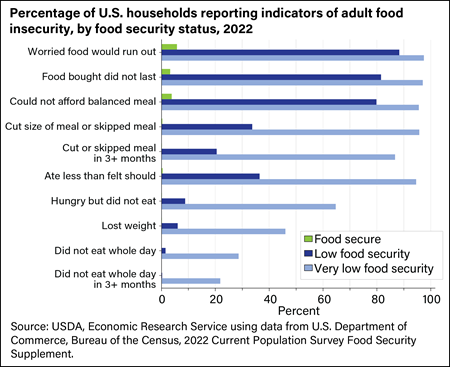
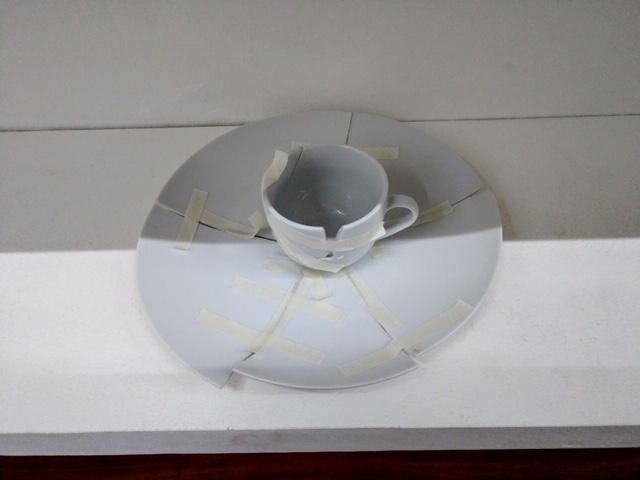
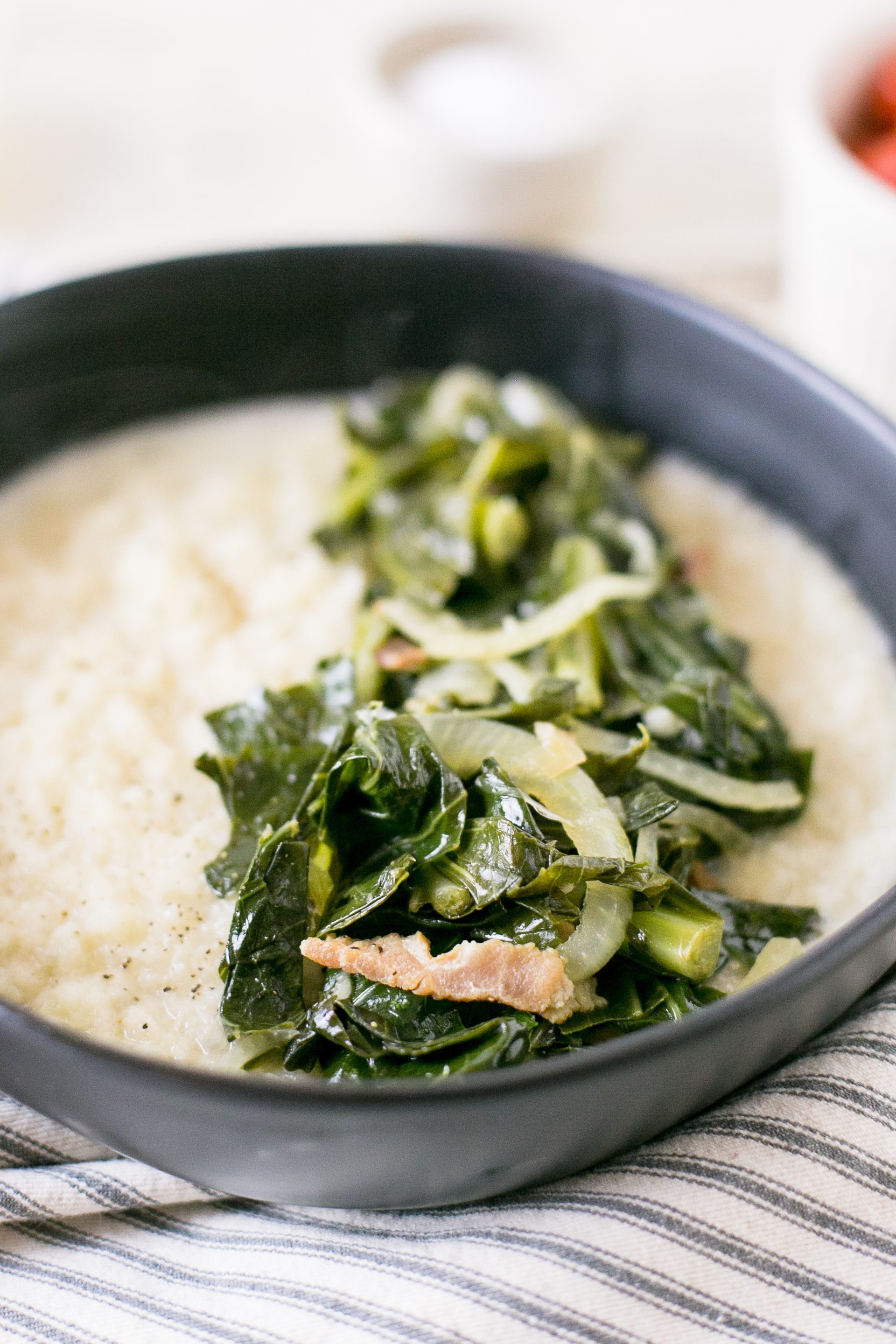
 wrote as a means to explore her memories of childhood on a farm in Freetown, Virginia founded by her grandfather and other black families freed from slavery. Long before the natural-food movement gained popularity, Edna Lewis championed purity of ingredients, regional cuisine and farm-to-table eating.”
wrote as a means to explore her memories of childhood on a farm in Freetown, Virginia founded by her grandfather and other black families freed from slavery. Long before the natural-food movement gained popularity, Edna Lewis championed purity of ingredients, regional cuisine and farm-to-table eating.”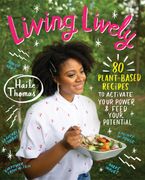

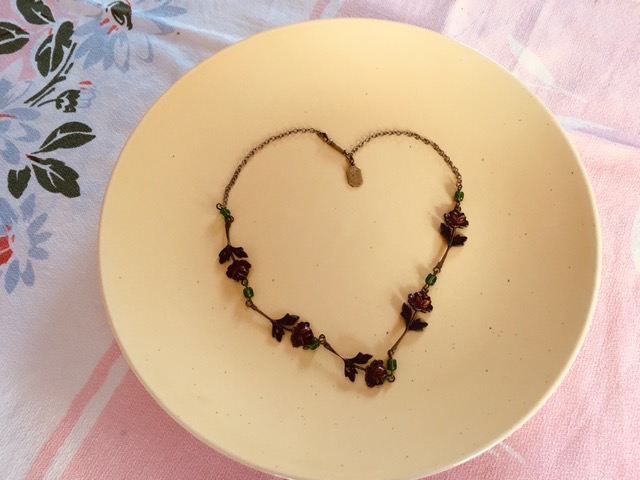
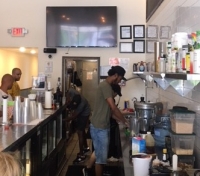
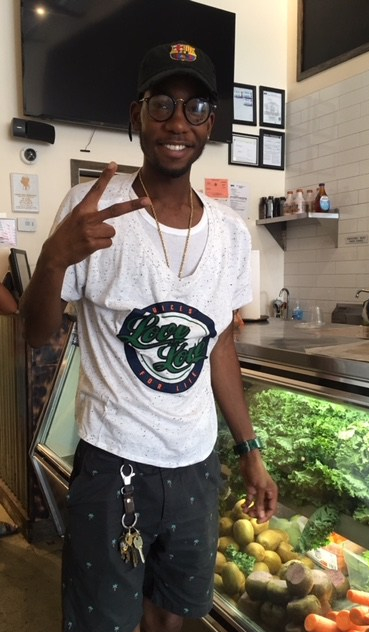
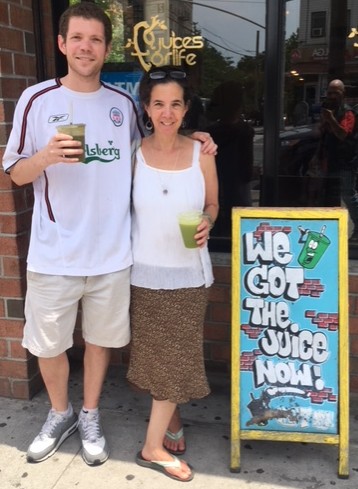
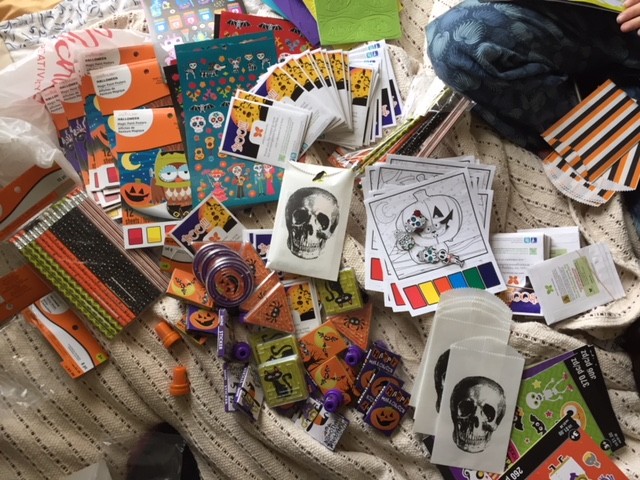
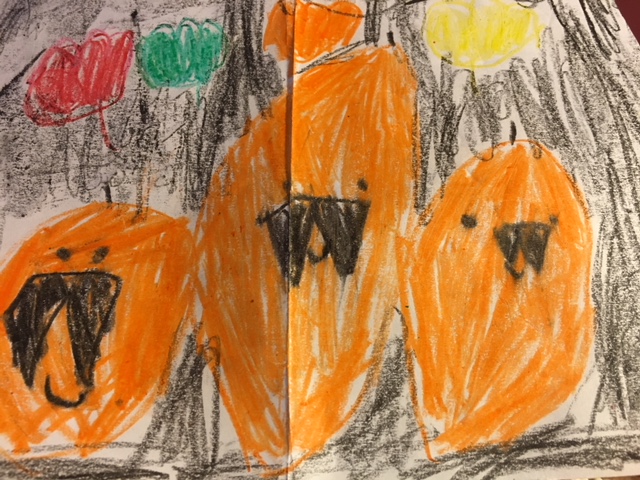
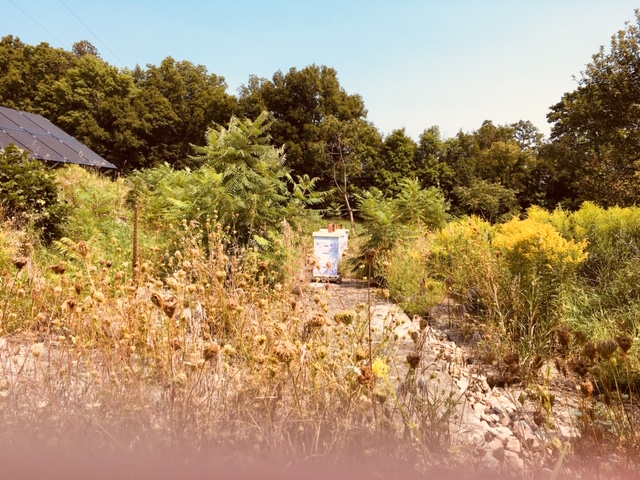

 The accompanying words said, “This is not a Coca-Cola. It is an experience.” Really? It certainly looked like a Coca-Cola. While still confused, I was also informed that for Coca-Cola, experience goes far beyond the first sip and that I should make ‘experience’ my business.
The accompanying words said, “This is not a Coca-Cola. It is an experience.” Really? It certainly looked like a Coca-Cola. While still confused, I was also informed that for Coca-Cola, experience goes far beyond the first sip and that I should make ‘experience’ my business.

